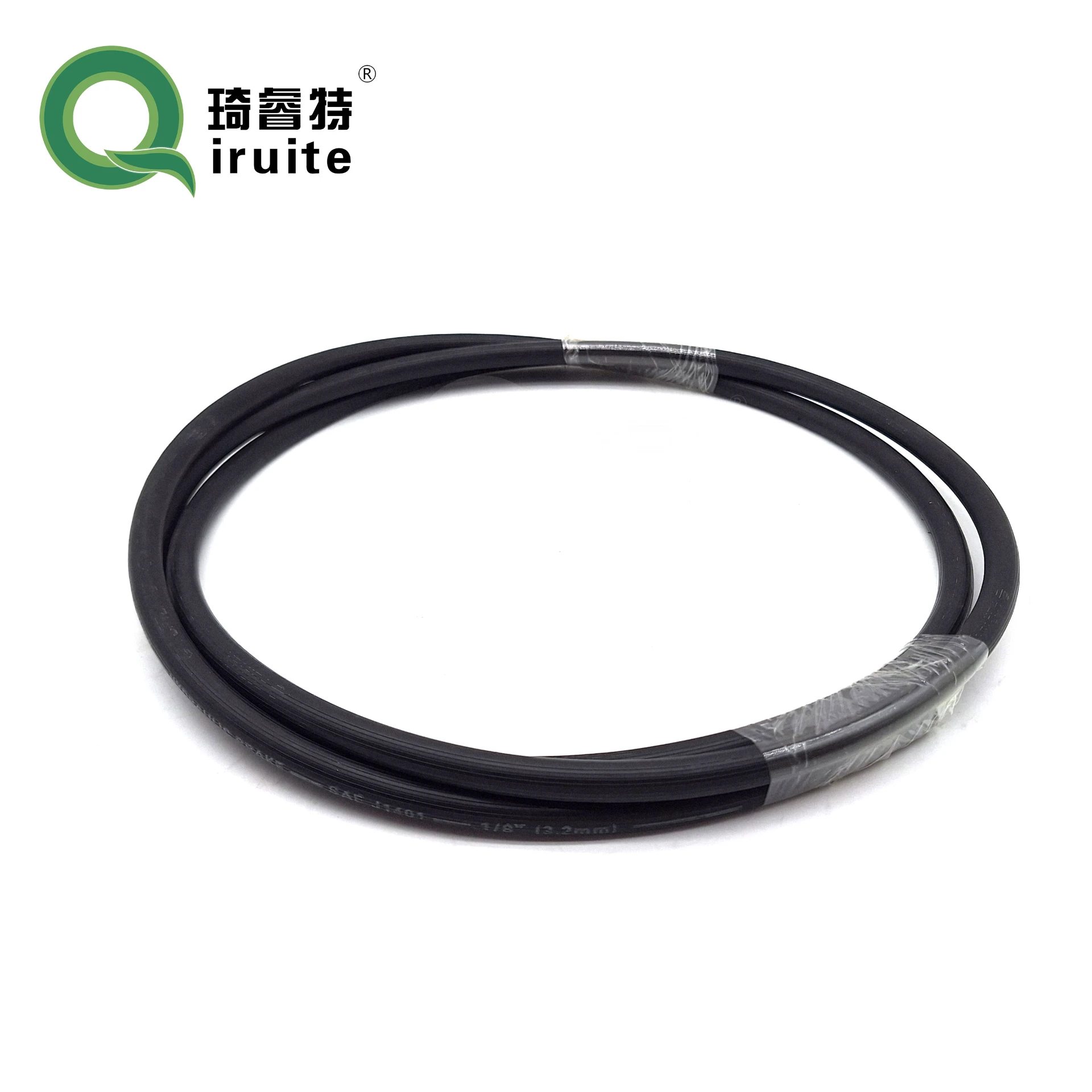Tips for Repairing a Leaky Power Steering Hose Effectively and Easily
How to Stop Power Steering Hose Leak
A power steering hose leak can lead to serious issues in your vehicle, including difficulty steering, increased wear on components, and potentially costly repairs. Fortunately, with some basic tools and know-how, you can address a power steering hose leak before it escalates. This article will guide you through identifying, stopping, and preventing future leaks in your vehicle’s power steering system.
Identifying the Leak
Before you can stop a leak, you need to identify its source. Here’s how you can do that
1. Visual Inspection Park your vehicle on a level surface and turn off the engine. Look for any visible signs of fluid leaking from the power steering hoses. The power steering fluid is usually red or yellow. Check around the hose connections, the pump, and the rack and pinion.
2. Check the Fluid Level Locate your power steering fluid reservoir and check the fluid level. If it’s low, this could indicate a leak. Make sure to top it off with the appropriate fluid until you can repair the hose.
3. Start the Engine With the engine running and the power steering engaged, listen for any whistling or whining noises, which could indicate air in the system, often caused by a leak. Look underneath the vehicle for any fresh fluid pooling.
Temporary Fixes
If you need a quick solution to get you back on the road, there are several temporary fixes for a leaking power steering hose
1. Power Steering Stop Leak Additives These additives are designed to seal small leaks in the power steering system. Simply add the product to your power steering fluid reservoir following the manufacturer’s instructions. While this is a temporary fix, it may help delay more extensive repairs.
2. Duct Tape If the leak is small and located on a non-pressurized part of the hose, wrapping the affected area with duct tape can sometimes provide a temporary seal. It’s not a permanent solution, but it may allow you to drive short distances.
how to stop power steering hose leak

Permanent Repair Options
For a long-term solution, follow these steps to repair or replace the power steering hose
1. Gather Tools and Materials You will need a wrench set, replacement hose (if needed), power steering fluid, and possibly a hose clamp.
2. Remove the Affected Hose Start by safely lifting your vehicle and securing it with jack stands. Loosen the bolts or clamps holding the hose in place. Carefully detach it from the power steering pump and the rack.
3. Inspect the Hose Check the hose for cracks, abrasions, or signs of wear. If you notice significant damage, it’s best to replace the hose entirely.
4. Install the New Hose If replacing, position the new hose in place and secure it with clamps. Make sure the connections are tight, but avoid overtightening, which can damage the fittings.
5. Refill Power Steering Fluid and Test Once everything is reassembled, refill the power steering fluid reservoir. Start the engine and check for any leaks while turning the steering wheel from side to side to circulate the fluid.
Prevention Measures
To minimize the risk of future leaks, regularly inspect your power steering hoses for wear and tear, especially if your vehicle is older. Keeping the fluid at the appropriate level and using high-quality fluid can also extend the life of your power steering system.
In conclusion, dealing with a power steering hose leak promptly will ensure your vehicle operates safely and efficiently. Whether you choose a temporary fix or a more permanent repair, staying proactive can prevent further issues and costs down the line.
-
Ultimate Spiral Protection for Hoses & CablesNewsJun.26,2025
-
The Ultimate Quick-Connect Solutions for Every NeedNewsJun.26,2025
-
SAE J1401 Brake Hose: Reliable Choice for Safe BrakingNewsJun.26,2025
-
Reliable J2064 A/C Hoses for Real-World Cooling NeedsNewsJun.26,2025
-
Heavy-Duty Sewer Jetting Hoses Built to LastNewsJun.26,2025
-
Fix Power Steering Tube Leaks Fast – Durable & Affordable SolutionNewsJun.26,2025

